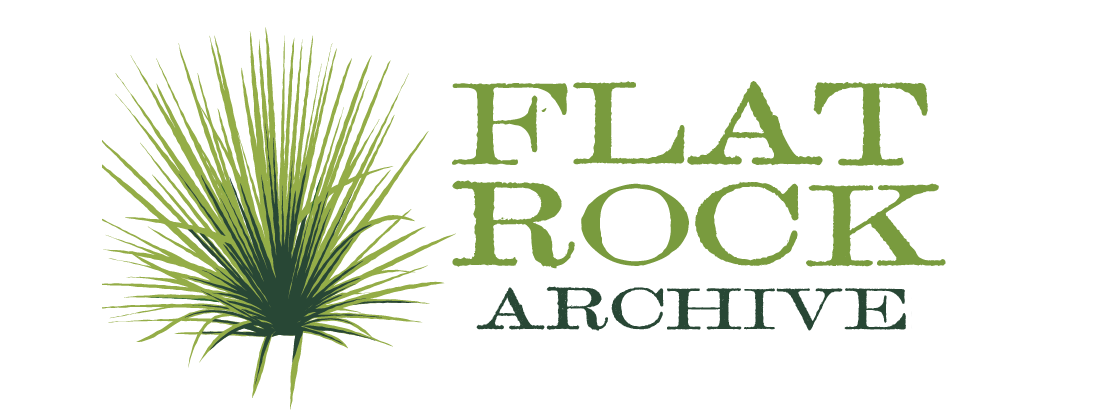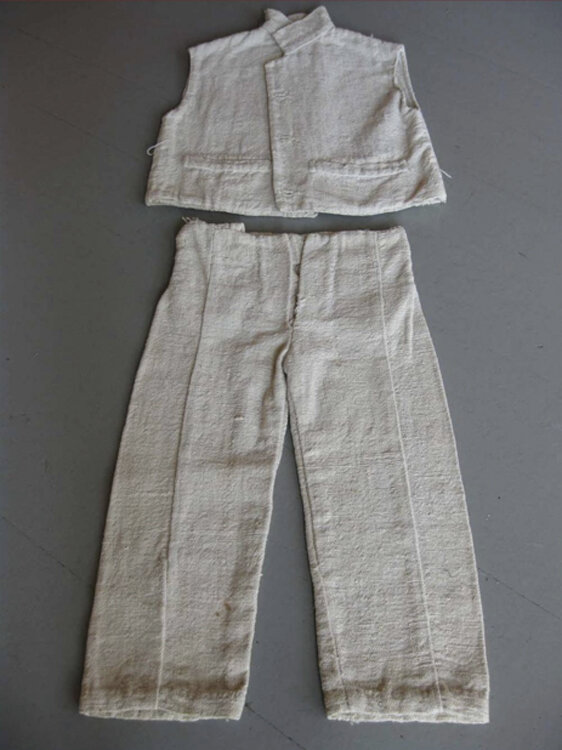“Dye for coloring
the cloth was provided by collecting sweet gum, dogwood bark, and red clay. Mixing these together produced different colors of dye. Sweet gum and clay produced a purple; dogwood, a blue.”
-Emmaline Heard, Atlanta, Georgia, FWP
During the mid-19th century, dying fabrics was hard work and usually done in large quantities. Emmaline’s mother had to chop the plants into small pieces and place them in a jar for boiling.
We learned from Emmaline that her mother was a strong person who had to work days and nights with very little personal time. Emmaline’s mother taught her children a variety of skills related to her work. These skills were passed down through generations so that others could continue to learn these talents.
Once cotton was made into a cloth, it was dyed. It was Emmaline’s job to go into her local environment and collect the materials for dying the fabric.
Emmaline remembered collecting sweet gum, dogwood bark, and red clay. Sweet gum and dogwood are trees that grow in Georgia. Sweet gum balls are collected from the ground. Red clay is found along riverbanks. Iron in the clay makes it red. When these raw materials were mixed together in boiling water, the result produced different colors of dye.
Emmaline’s favorite colors were purple and blue. She remembered that if she mixed the sweet gum and clay together, it produced a purple color. If she used dogwood bark, it produced a blue color.
The shirt and pants shown here belonged to a boy that lived as an enslaved person.
Notice that this outfit was not dyed. It is made from cotton with limited detail.
-Louisiana, 1850s
Cotton; hand spun and woven Male Dressing: Fig. 5: Child’s “slave cloth” sleeveless jacket and pants, unknown maker, Louisiana, 1850s. Cotton; hand spun and woven.font>
From the Collections of Shadows-on-the-Teche, a Site of the National Trust for Historic Preservation, New Iberia, Louisiana, acc. NT59.67.644 (5B>
Shoes were made from hides of animal skins. As a skilled shoemaker, Emmaline’s father used a tanning vat for tanning the hides for the shoes. The tanning vat he used was a large wooden barrel filled with water. To use this, the bark was placed in the water to produce an acid that removed the hair from the hides. Goat, calf, and horse hides were placed in the vats. After the acid from the bark removed the hair from the hides, they were taken out and dried. Once the hides were dried out, they were used to make shoes.
An Excerpt from Emmaline Heard’s Interview
According to Emmaline’s story, her father was a shoemaker by trade. She remembered that he made shoes for both the people who were enslaved as well as the Harper family who owned the plantation. She remarked that the shoes made for the Harper family were made from soft calf leather. The shoes that Emmaline and her family received were made of rough horse and mule hide. The finer fabrics and hides went directly to the Harper family. Emmaline and her family had to use the leftover materials.
Emmaline remembered the amount of clothing that enslaved people received at the Harper Plantation. She said that they received a set number of clothing every year. The women received two dresses. The men received two cotton shirts and two pairs of cotton pants. Everyone got one pair of shoes made from rough horse and mule hide.
Remember you only get a set number of clothing each year. Having valuable skills like knowing how to mend your clothes were important.
What are some other skills that you think enslaved people practiced during this time?





